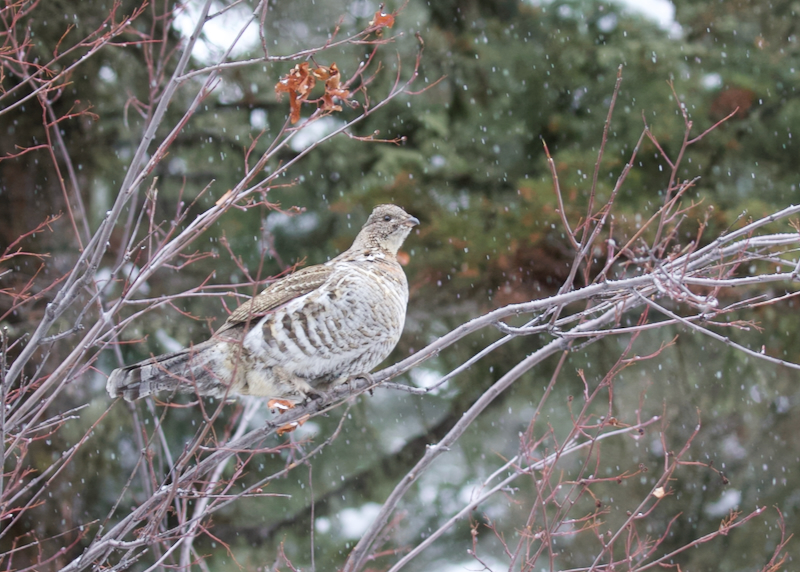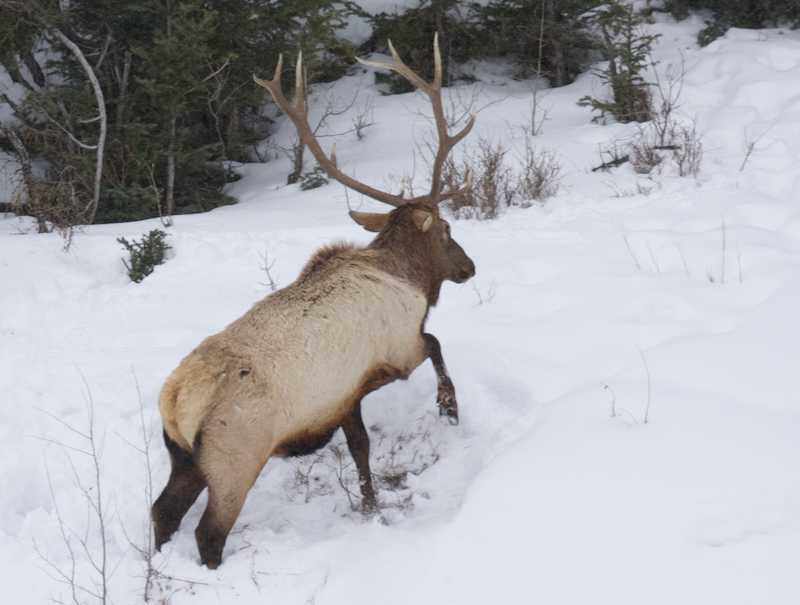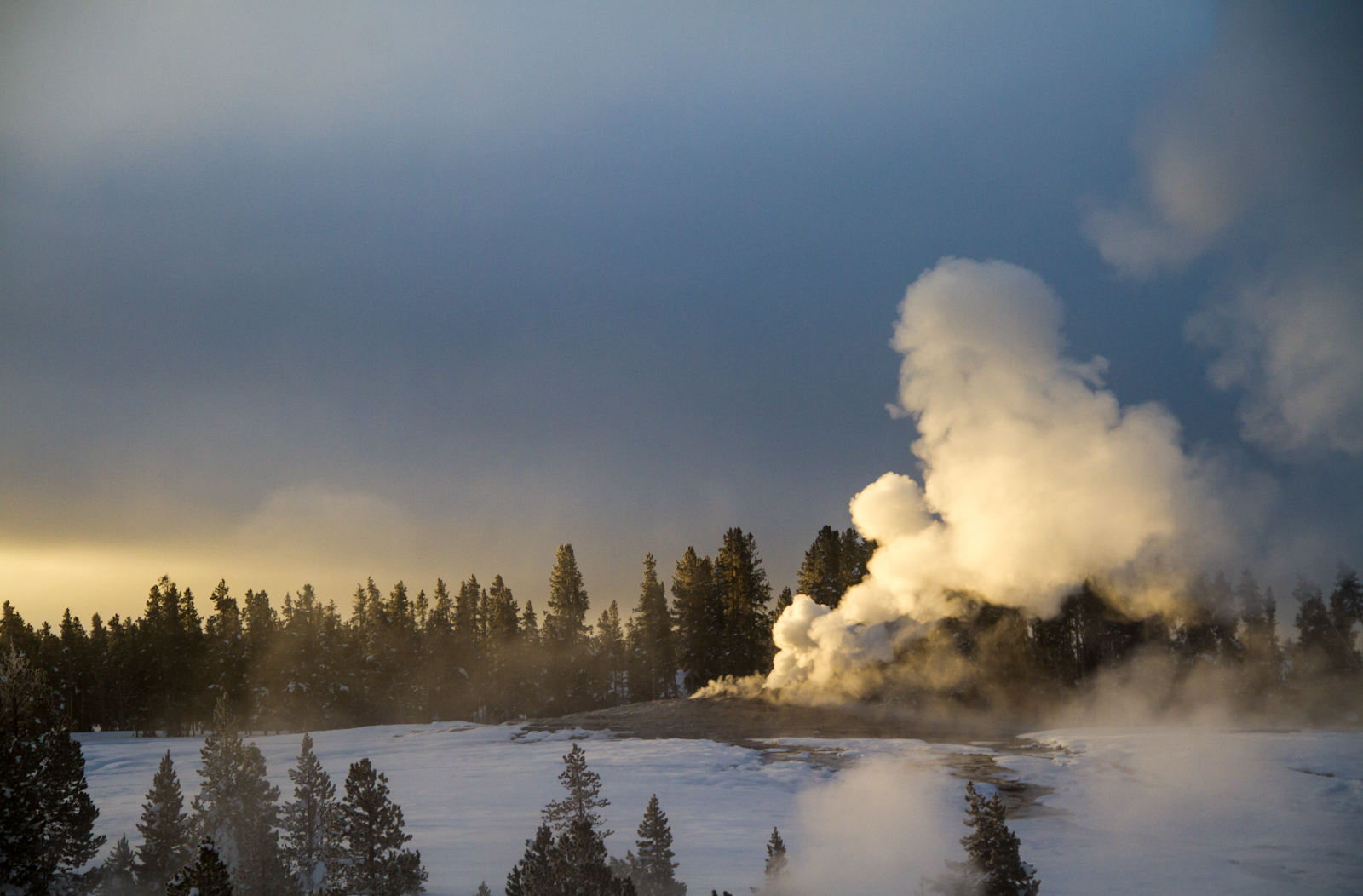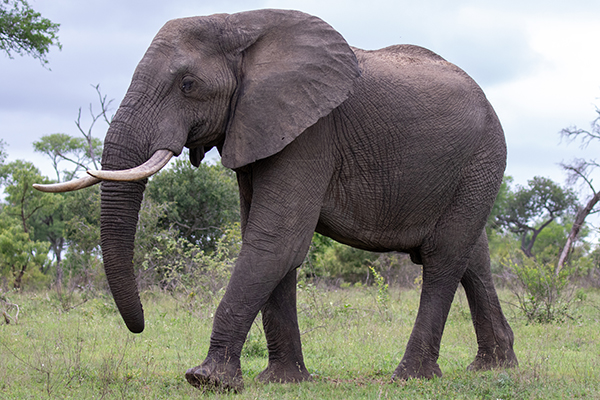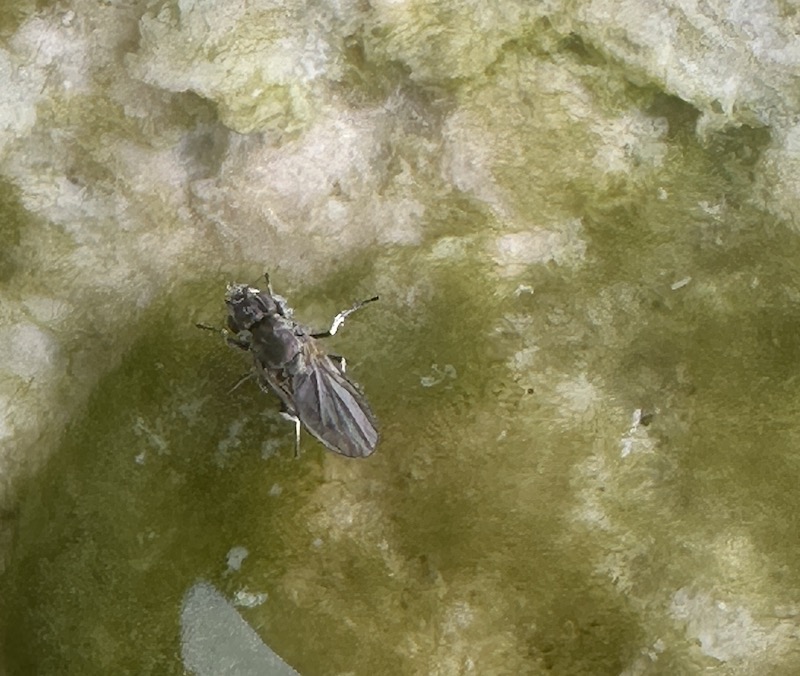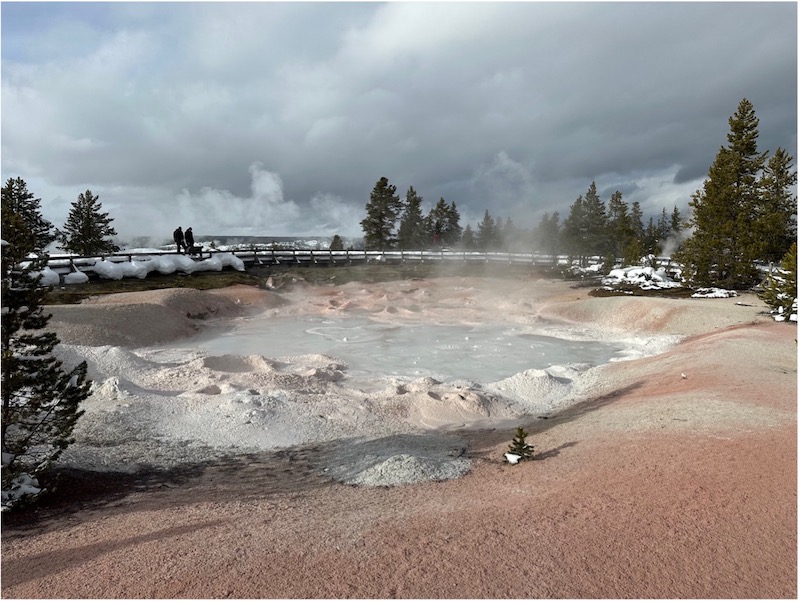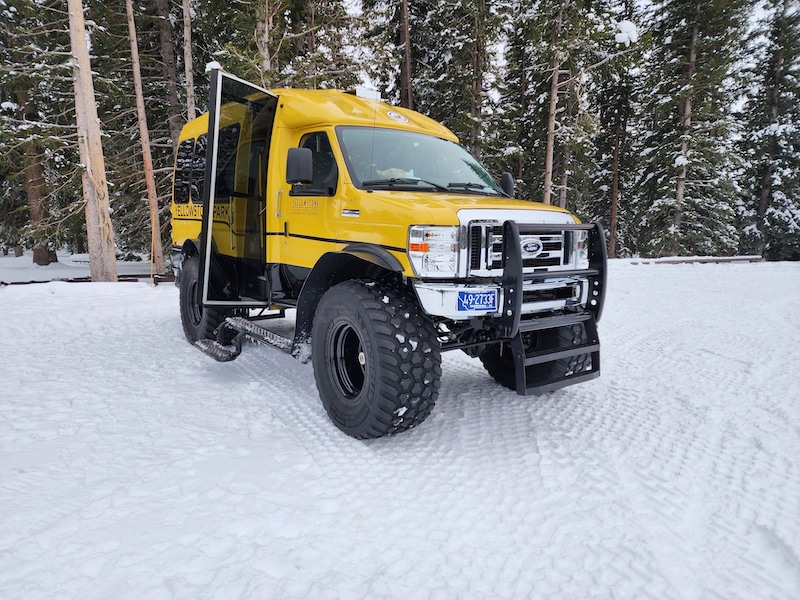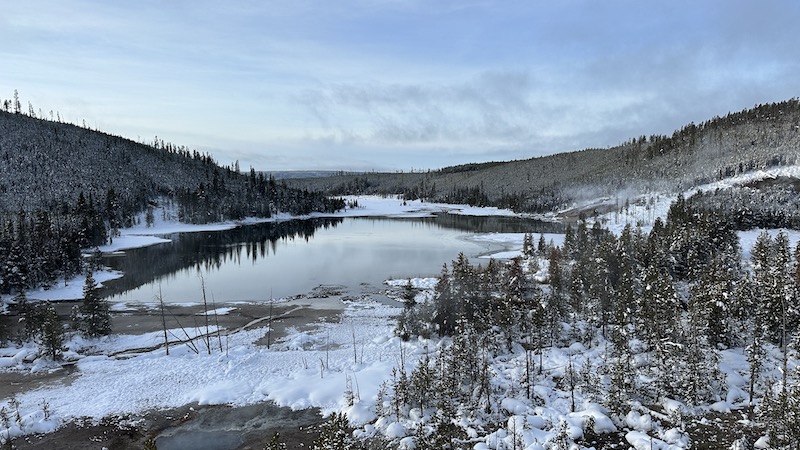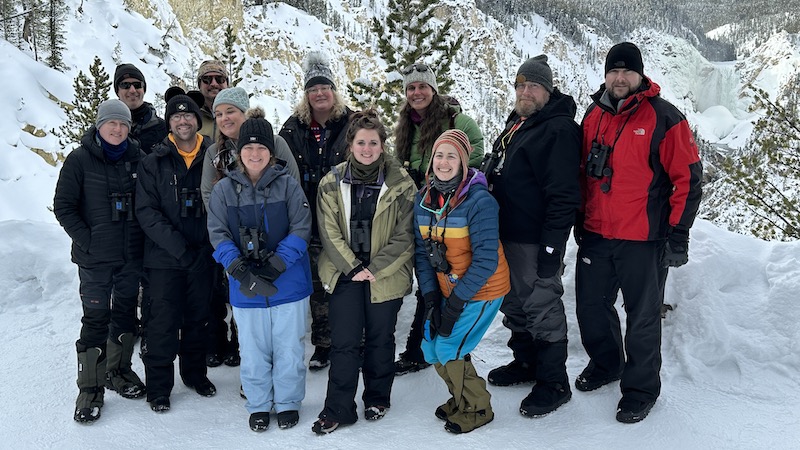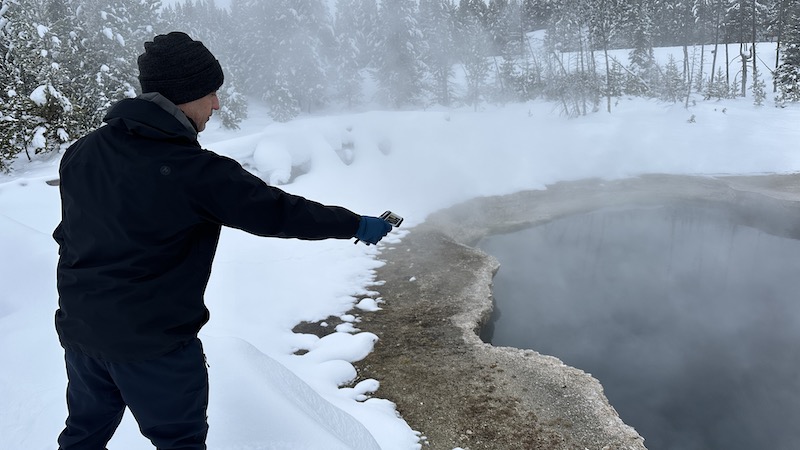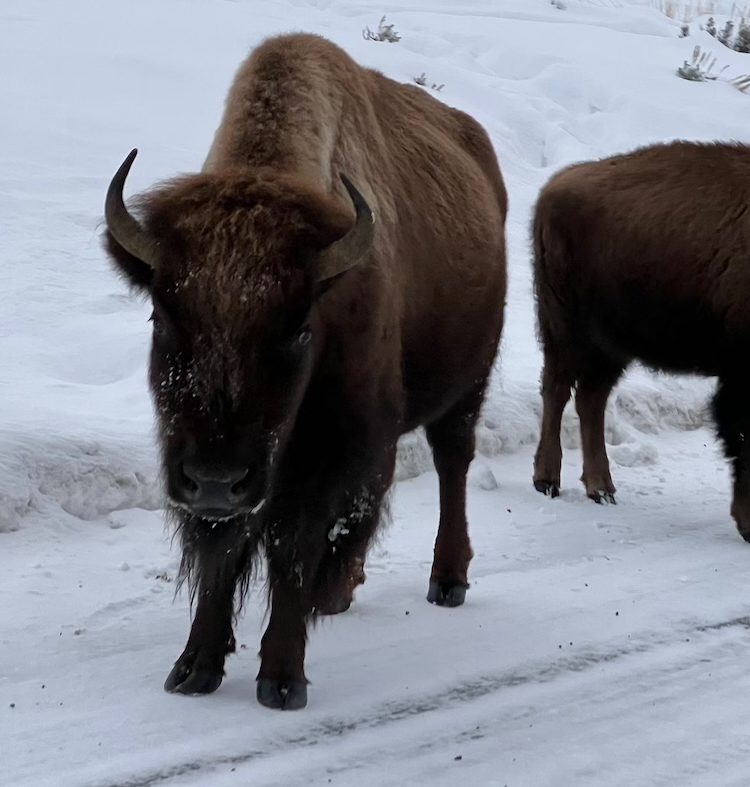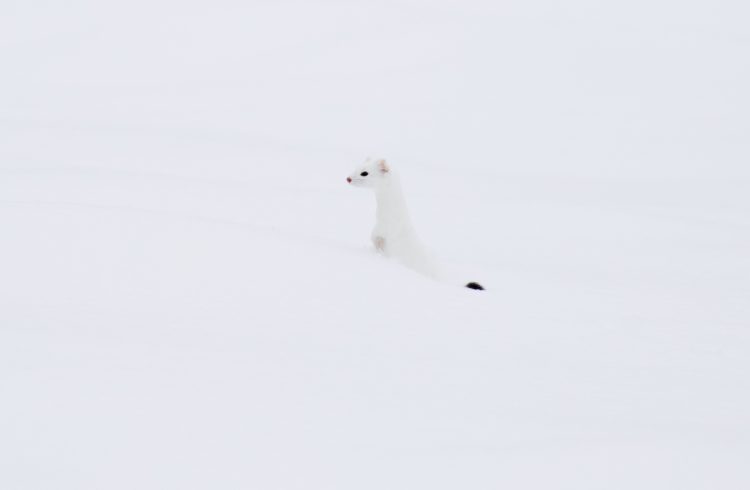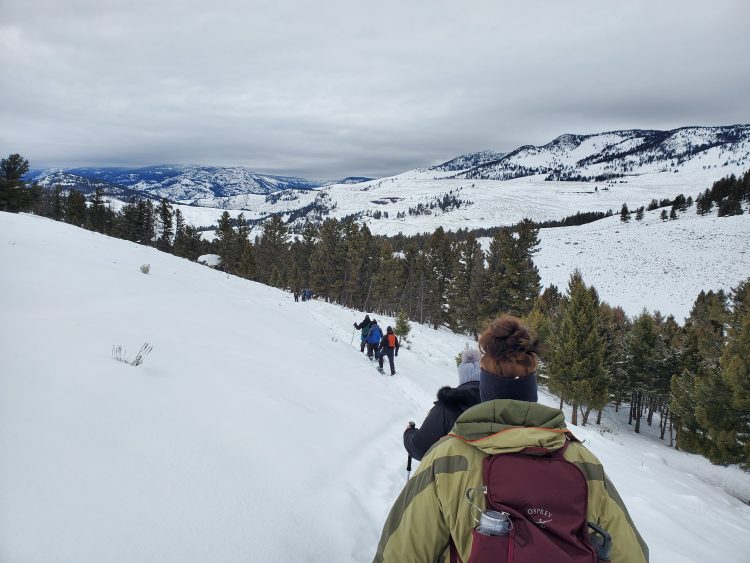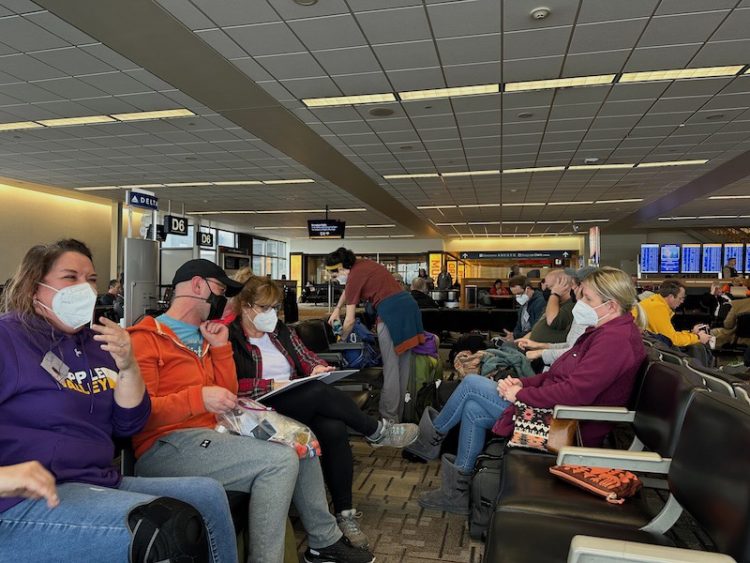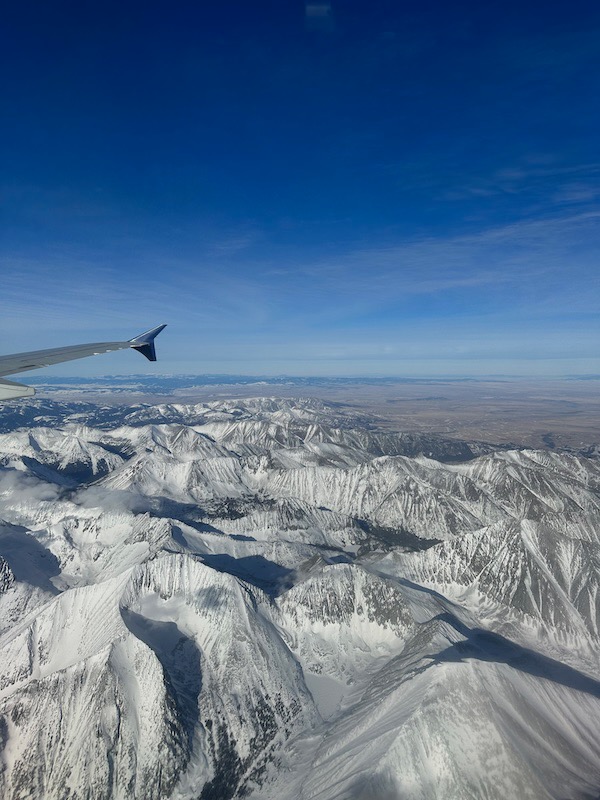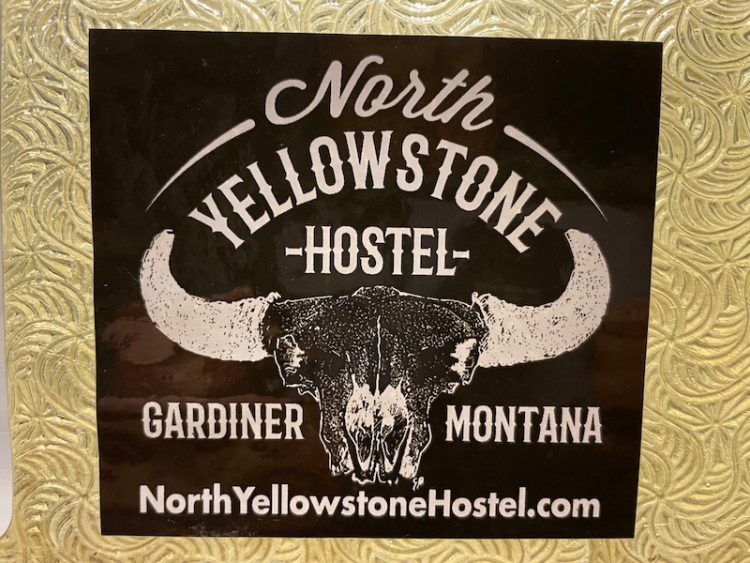“For the Birds”
January 15, 2023 - 4 Comments
We got to sleep in! We were able to sleep in until 7:00 am, so we could be on the road by 8:00 am. Our day started with a trip through the park, where we saw a herd of bighorn sheep. Then it was off to the house of Dan & Cindy Hartman in Silver Gate, located just outside the park. We were immediately greeted by a plethora of birds that included the Canada jay and the vibrantly blue colored Steller’s jay.
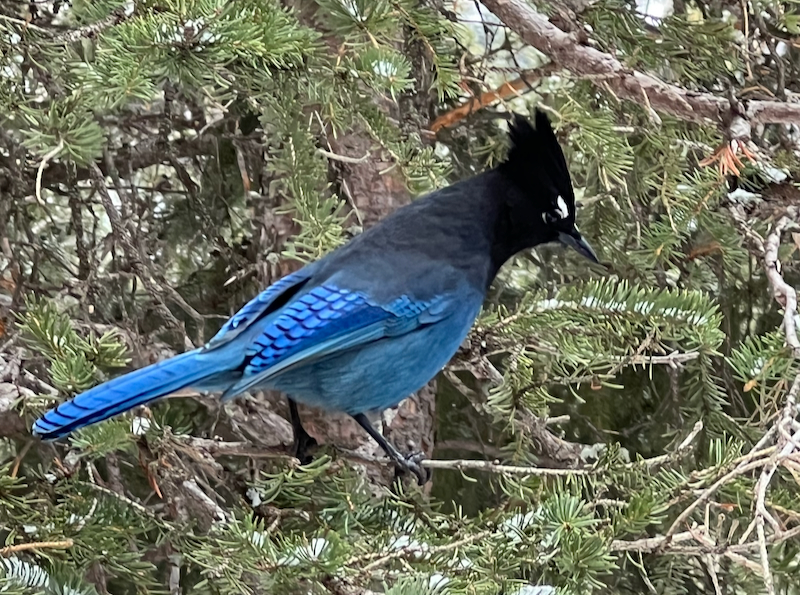
Once inside, Dan regaled the group with tales of his time filming the wildlife, discussing the importance of conservation while showing one of his films. This visit was a highlight for the group because of Dan’s passion and dedication to his craft. It was intoxicating and contagious. The group left with a renewed sense of life and how everything in nature is interconnected, including human beings.
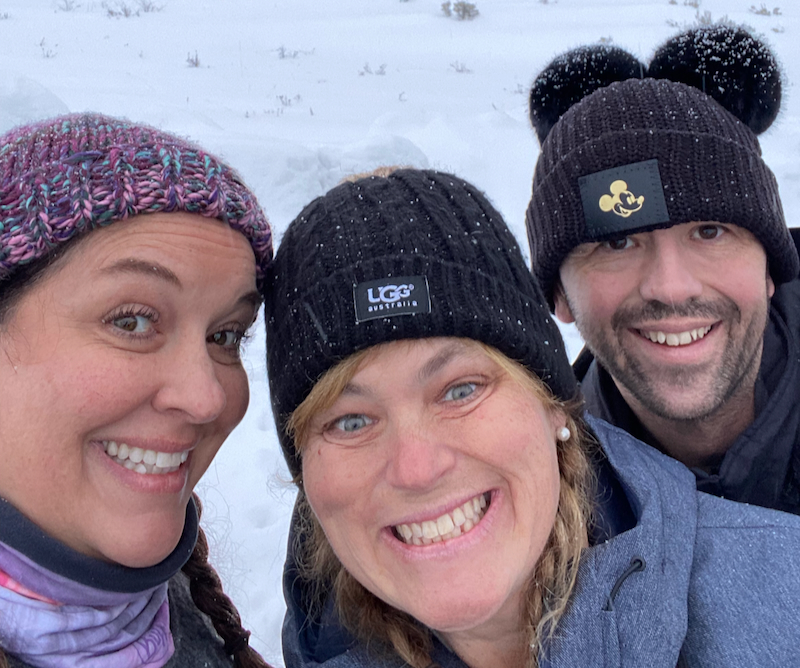
After leaving the Hartman’s we were very fortunate that one of our members excitedly started yelling “Bird! Bird!” when Dustin (impressively) spotted a ruffed grouse from the very back seat in the trees along the road. We excitedly turned the cars around on the icy road to get up close & personal with the bird (from the car), who didn’t seem to notice our presence. After getting our fill of photographs, we were on our way. We hadn’t gone very far when we saw a massive bull elk using its front legs to “snowplow” for the rich grasses below the fresh snowfall. We watched him in awe and then loaded the vehicles to head out of park & back to the lodge. It was an amazing day for all!
